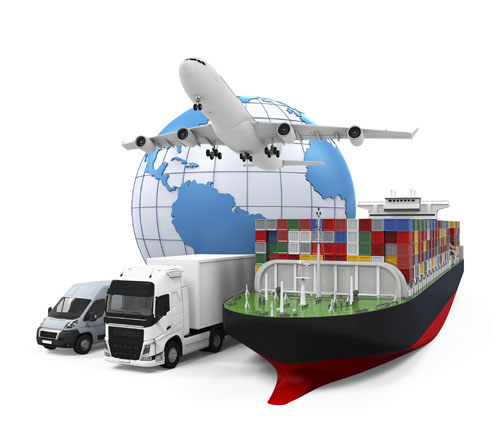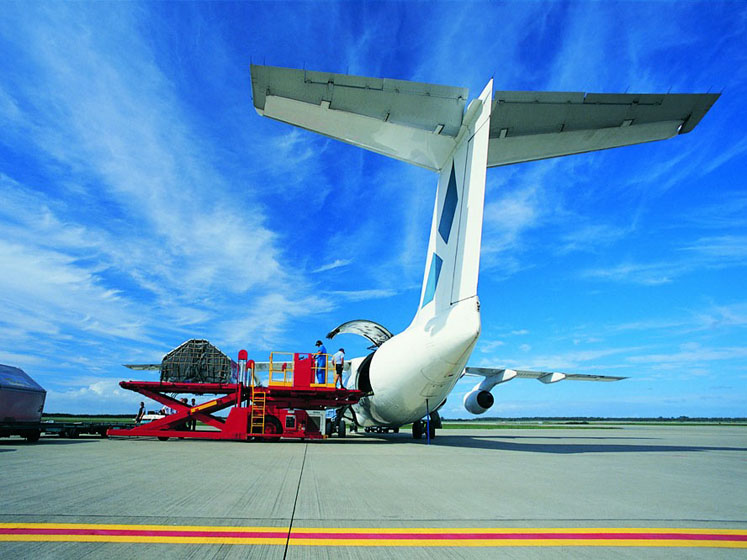Although the pharmaceutical industry has become more aware of its carbon footprint and the impact it has on the environment, energy consumption, sprawling supply chains, waste and pollution are just some of the environmental factors still coming under scrutiny, notes Ellinor Grape, Senior Product Manager at Envirotainer.
As a result, more and more companies in the pharmaceutical world are making the pledge to become Net Zero by 2050. Their focus in recent times has increasingly turned to the entire pharmaceutical value chain and its role in reducing/ carbon emissions.
In this context, transporting drugs via air freight could have a major impact on a pharmaceutical company’s overall sustainability efforts. Yet, in many cases, there is no choice.
Treatments often require very careful cold-chain handling to ensure that they get from the manufacturer to the customer in perfect condition and on time. Keeping a shipment at very low temperatures requires effort and there is a limited time window to do so. Air transport is vital to the process.
This creates a huge challenge: how do manufacturers balance logistical demands and environmental impact? These competing factors seem to be irreconcilable at first glance. However, the trick is to consider which factors are in the control of the pharmaceutical firm and then optimise them. For example, although it might not be possible to choose a less polluting plane, it is possible to choose packaging that has a lower environmental impact.
Packaging
Today, the majority of pharmaceuticals are shipped with solutions that are basically an insulated cardboard box with a coolant such as water, gel or dry ice. We need to remember that there is a huge amount of waste and cost involved in this type of cold-chain packaging. Keeping a pallet of vaccines at a strict temperature of 2–8 °C for an entire journey requires lots of single-use plastics and a great deal of handling/manual work.
Compare this “passive” type of packaging to an “active” solution. Instead of all the wasteful materials and resources of what is essentially a complex, yet throw-away box, an active solution is a reusable, battery-powered container that gives active and reliable temperature control.

These are used in a circular economy in which the containers are leased; and, by reusing, repairing, refurbishing and recycling them, these temperature-controlled containers can ultimately reduce carbon dioxide emissions by 90% compared with passive shipment solutions.1
Furthermore, preparation for passive solutions can take up to 5 days, with coolants requiring up to 3 days for preconditioning, followed by manual assembly. Some active solutions can be fully charged from zero power in 11 hours, providing temperature stability for more than a week.
Some of the active containers can also be up 35% more space efficient, which can significantly reduce the emissions per shipment. During the lifetime of their use, these temperature-controlled containers are environmentally superior.
Putting a freeze on medical waste
Having said this, we must remember that while it all adds up, packaging is responsible for a relatively small proportion of carbon emissions for most pharmaceutical companies. It stands at about 3% for GlaxoSmithKline and 7% for Sanofi.
The vast majority is produced during manufacturing, with 80–90% of CO2 emissions in the pharmaceutical value chain coming from production and raw materials.1 Therefore, stopping waste through temperature deviations during transportation is vital.
This is when active solutions come into their own. They truly maximise the safety of medical shipments. An active temperature-controlled container can continually keep the temperature inside constant … despite it varying outside. In addition, it provides datalogging and comes with a track-record of zero product losses. Put simply, active solutions are so effective that they offset their own costs.
The introduction of Envirotainer’s latest addition, the Releye family, has meant the race for zero temperature deviations has accelerated. Here, connectivity plays an important role and allows the cargo to be monitored in real-time, providing a unique insight into product condition, location and progress of the shipment.
Sustainability and collaboration within the industry
With such a strong environmental case for the use of active solutions, the only other question that a pharmaceutical firm may ask is whether the manufacturers themselves can prove they’re operating sustainably.
In the case of Envirotainer, it became the first CO2 neutral cold-chain company in the world in 2020 and, this year, recorded industry leading temperature deviations of less than 0.1%.1

However, it also has a sustainability strategy linked to the UN’s Sustainable Development Goals (SDGs). These are a set of 17 global goals aimed at transforming our world by 2030. Recently recognised as a signatory of the UN Global Compact (UNGC), the world’s largest sustainability initiative for companies, Envirotainer is working with the highest standards of compliance, building strong governance structures and ethical operations.
As a result, the business not only helps its customers to become more sustainable in a world in which reducing environmental impact is paramount, but the firm itself is a sustainable one. It’s therefore vital that the entire industry has a razor-sharp focus on sustainability at a time when the UN says current plans for cutting carbon emissions would lead to climate catastrophe.2
The cold chain can often be overlooked, but it’s it plays a crucial role in modern society by enabling the safe delivery of vaccines around the world. Although Envirotainer is doing its bit to transform the pharmaceutical cold chain to a more sustainable industry, increasing positive economic, environmental and social effects are just the beginning.
As the world’s airlines and freight forwarders take steps to reduce emissions and ensure sustainable freight transport, with collective efforts, the industry can aim for Net Zero targets by 2050.
References
- www.envirotainer.com/499048/siteassets/documents/envirotainer-sustainability-report-2021.pdf.
- www.bbc.co.uk/news/science-environment-59049770.




